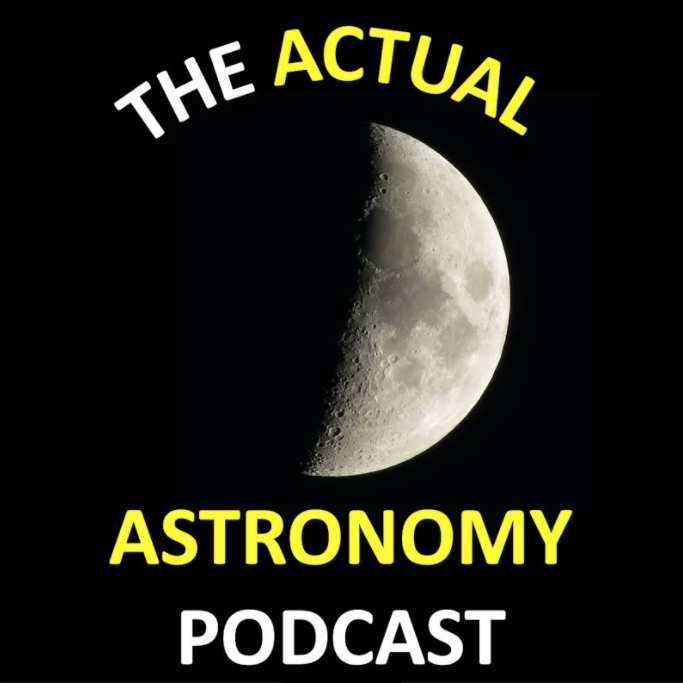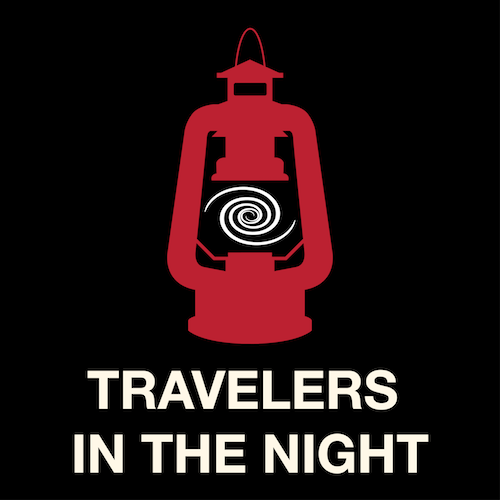Astronomers researching the G237 protocluster find 63 galaxies within, all producing stars and more galaxies at a high rate, acting as a “shipyard” for their region of the cosmos


Astronomers researching the G237 protocluster find 63 galaxies within, all producing stars and more galaxies at a high rate, acting as a “shipyard” for their region of the cosmos

In this episode we talk about how to see the Moon as it pairs with Saturn and Venus in the morning sky, Mars & the Beehive in the evening sky

In February, on the closest approach, NASA’s Juno spacecraft was within 930 miles of the closest moon Io’s surface. Since then, Io and Juno have parted ways, and Juno is now snuggling down into tighter orbits around her Jupiter.

NASA’s Juno spacecraft has completed dozens of flybys of Jupiter and here’s the most beautiful images we’ve ever seen of the Jovian world

Astronomers using the 1.2-meter Whipple Observatory to follow the brightness of a lensed galaxy for 14.5 years have calculated that the time delay between light arriving along the shortest and farthest paths is 6.73 years.

Early Saturday morning, another company entered the exclusive club of successful orbital launchers, Firefly Aerospace, when their second attempt to reach orbit, named To The Black, lifted off on October 1.

Today on #WSH, @Astro_MikeS joins @WSHCrew to share his newest venture, Astronomy for Equity, as he continues his calling to share astronomy with local communitites around the world. Also news update with Juno’s flyby, globular clusters, solar cycle, gravitational lens and Ryugu.

Time for weekly news roundup with @WSHCrew. This week we have 5,000 exoplanets, Flyby of Ganymede, SLS, Starship, & James Webb Space Telescope

Today travelers in the night will told a story about 2015 LF discovery and ALMA spotted asteroid Juno.

New images of Ganymede! And a discussion about Roving Mars with Perseverance and MASTCAM-Z
with Darian Dixon. #365DaysOfAstro